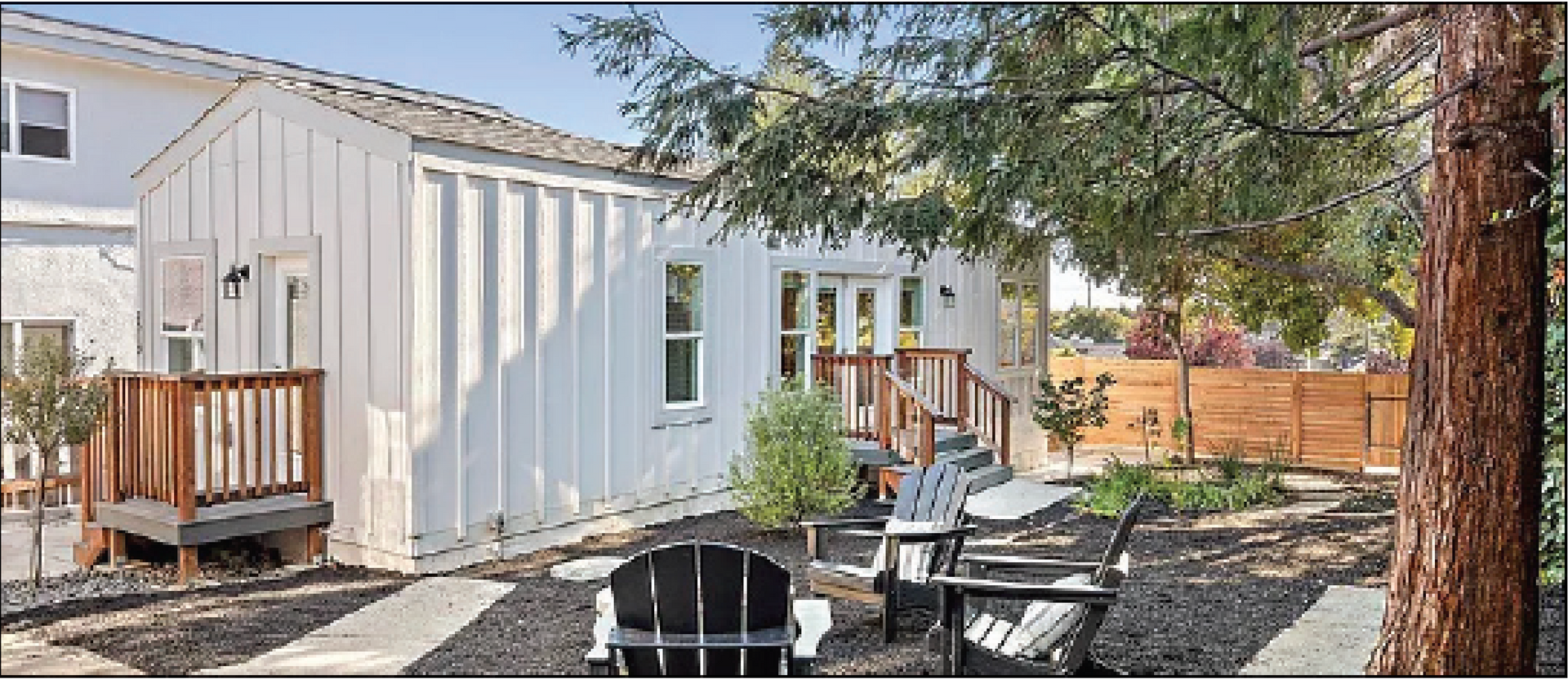Blog


4115 Blackhawk Plaza Cir #100, Danville, CA 94506, USA
**Authorized Skyline Homes Dealer
QUICK LINKS
The representations, models, and images shown by Perpetual Homes are for illustrative purposes only and may vary from the final appearance of your ADU. All dimensions and floor plans are approximate, based on measurements from exterior wall to exterior wall. Perpetual Homes continuously improves its products and processes. Therefore, models, specifications, dimensions, features, materials, appliances, furnishings, and availability shown on our website or marketing platforms are subject to change without notice. Estimated timelines and schedules are based on internal research and experience but do not account for potential delays caused by governmental entities, including city, county, state, or other agencies. These may involve, but are not limited to, permitting, appeals, inspections, or administrative reviews. Timelines may also be affected by the customer’s responsiveness during decision-making phases. While we strive to provide accurate estimates, we cannot guarantee timelines due to factors outside our control.
Please note: Perpetual Homes is not a licensed general contractor. Any construction work requiring a licensed contractor will be performed by an independent, licensed general contractor engaged directly by the property owner in compliance with all applicable laws.